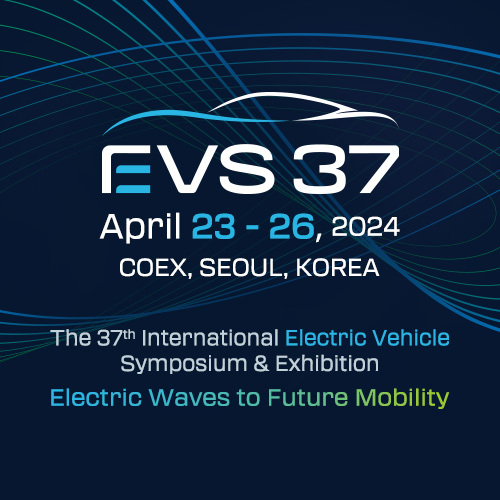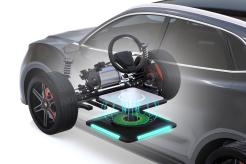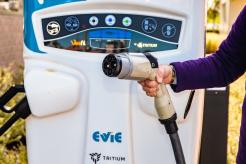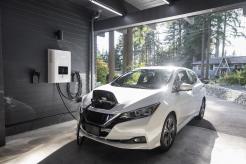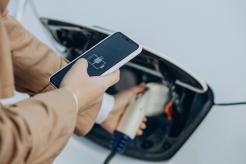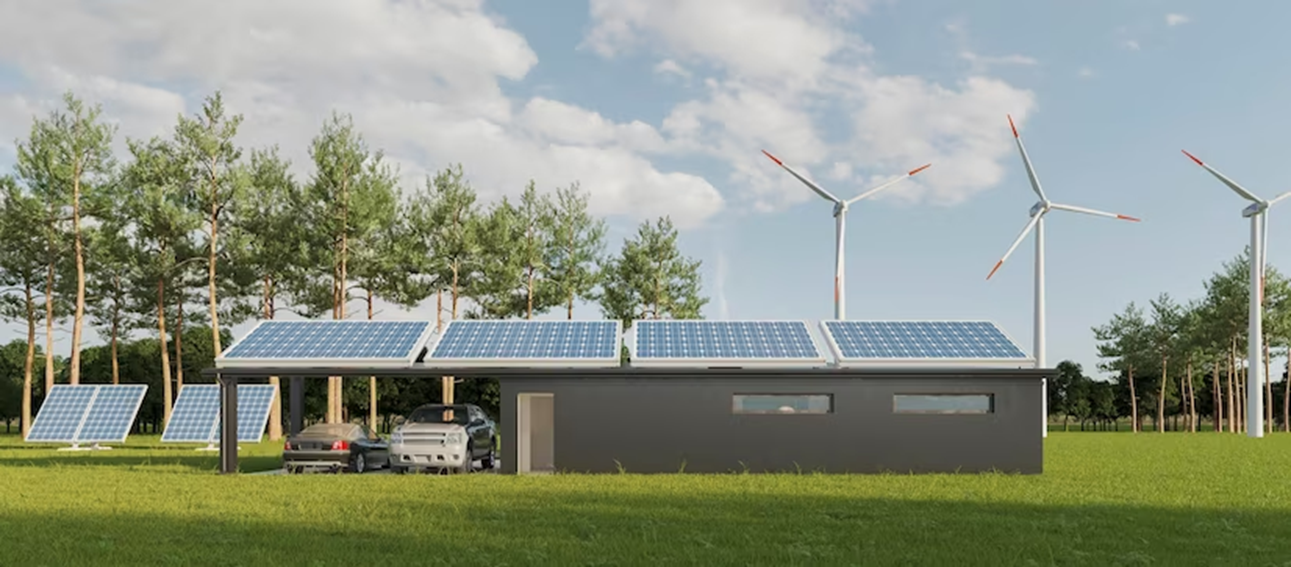
Image via Freepik
As the International Energy Agency (IEA) points out, distributed energy resources (DERs) have revolutionized the electrical energy production industry. DERs – “small-scale energy resources” that consumers and businesses install near the machinery and buildings they power – have the potential to transform the ways people generate, deliver, and consume electricity.
Examples of Distributed Energy Resources
Any small-scale device that can produce energy convertible into electricity qualifies as a DER, including the following:
- Rooftop solar panels
- Wind-powered generators
- Biomass generators
- Gas and diesel power generators
- Combined heat and power (CHP) systems
- Waste heat recovery systems
- Micro-hydropower schemes
- Hydrogen fuel cells
- EV and other power storage batteries
DERs’ Potential for Large-Scale Power Generation
DERs’ potential as an energy source goes beyond powering your home’s water heater or air conditioner. When you combine several of them in a virtual DER network, your local power can feed energy back into your electric company’s grid.
Virtual DERs can benefit electric utility companies, homeowners, and businesses that install them, as a 2021 Cummins article shows. With demand-response programs, homeowners and businesses can install a remote disconnect switch on specific appliances, reducing demands on the grid during periods of heavy use and preventing power blackouts.
Automated systems synchronize shutoffs across the network, ensuring that individual DER owners don’t go without power for their connected appliances for too long. Smart meters record the electricity each DER sends to the utility company, allowing the home or business owner to receive compensation for the electricity their DER sends to the grid.
When the power goes out, DER owners can switch from their regular electrical energy supplier’s network to their DER device to meet critical needs until the service interruption ends, as a federal guide for prospective DER owners notes. That greatly benefits people and businesses in hurricane-prone or remote areas.
As the Cummins post points out, these aggregated networks can produce electricity more efficiently and cheaply than traditional power plants. Some companies and other organizations even combine several DERs to create a microgrid — a small-scale source of electricity that provides an economical alternative to a traditional utility.
Cheaper production, cheaper rates. It’s a win-win scenario for everyone involved.
How Do DERs Work?
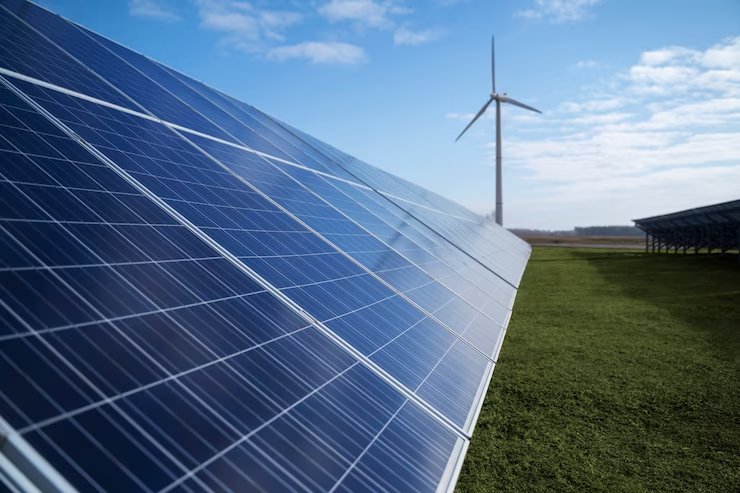
Image via Freepik
DERs generate electricity in a variety of ways. Prospective DER owners should evaluate each option’s feasibility in their specific location.
- Diesel, gasoline, and gas generators: These devices pair a fuel-powered engine with an electricity generator to generate electrical energy. Although cheap and efficient, they have drawbacks, such as high atmospheric emissions and noise levels.
- Hydrogen fuel cells: Hydrogen fuel cells route hydrogen gas over an anode (an electrode in a polarized electrical device at which the current enters) and air over a cathode (the electrode where the current leaves the device in an electrolyte bath to generate DC electricity). Then, they invert the current to AC before it enters the grid. This low-emission power generation option produces only water, heat, and carbon dioxide, making it eco-friendly.
- Rooftop and other solar panels: These types of DERs use photovoltaic cells, thin layers of silicon, or another type of semiconductor, to collect sunlight and convert it into DC electricity. Then, like hydrogen fuel cells, they convert it to AC through inversion to be compatible with the grid.
- Wind turbines: An upgrade on traditional windmills, these blades allow the energy from the wind to cause the blades to rotate, generating electricity in the process. They, too, use inverters to convert their electricity to AC.
- Biomass generation: Biomass power generation uses renewable fuels from natural substances, such as dung, sewage, or vegetation, to generate electricity through various processes. These processes include burning biomass to release steam, which rotates a turbine to drive a generator, bacterial decomposition, or conversion into gaseous or liquid fuels.
- Combined heat and power systems (CHP): These systems use thermal energy to power a generator to produce electricity and serve as a heating source for a building or water heater.
- Waste heat recovery systems: Like CHP systems, waste heat recovery (WHR) systems use thermal energy to produce electrical current and heating. However, the heat source it uses to generate electricity is the energy that the heating process would normally release into the environment.
- Micro-hydropower systems: These water-powered small-scale systems use flowing water to turn a wheel, pump, or turbine. Then, a generator or alternator turns the device’s rotational energy into DC electricity. Finally, an inverter transforms the DC electricity into grid-usable AC electrical power.
- Batteries: Batteries store electrical energy from the grid or other power sources, such as solar panels, delivering it when the homeowner or business needs it.
Today’s technology also allows users to combine several of these distributed energy resources to deliver power in a hybrid system. That way, they have backup power if another DER — or the grid itself — fails to deliver.
Distributed Energy Resources’ Impact on the EV Industry
Electric vehicles play a dual role in the distributed energy resources network. Indeed, they can be the recipients of energy that DERs generate. For instance, a solar panel can provide the electricity to charge an EV at home or a public EV charging station.
However, they also can serve as a source of energy to power the grid through the wonders of vehicle-to-grid (V2G) technology. As the Cummins piece points out, most EVs “spend most of their time parked and plugged in…connected to the grid.”
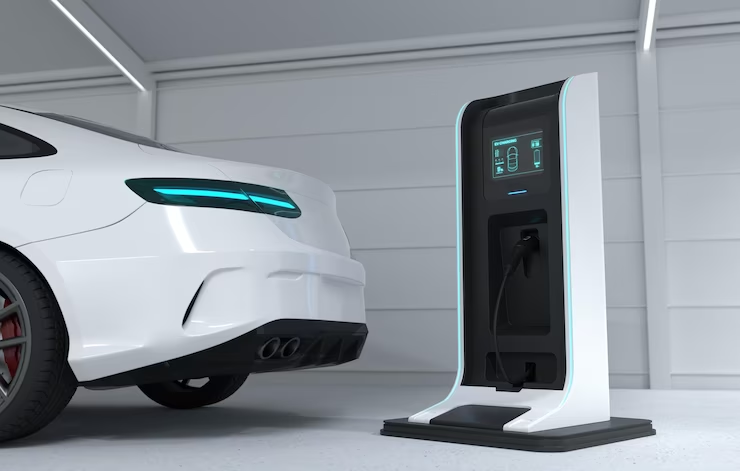
Image via Freepik
With V2G technology, an electric vehicle’s battery can feed the grid and feed from it. EV batteries’ capacity well exceeds most stationary power applications. Using V2G technology, an EV owner can use some of that capacity to power the grid, especially during peak usage times.
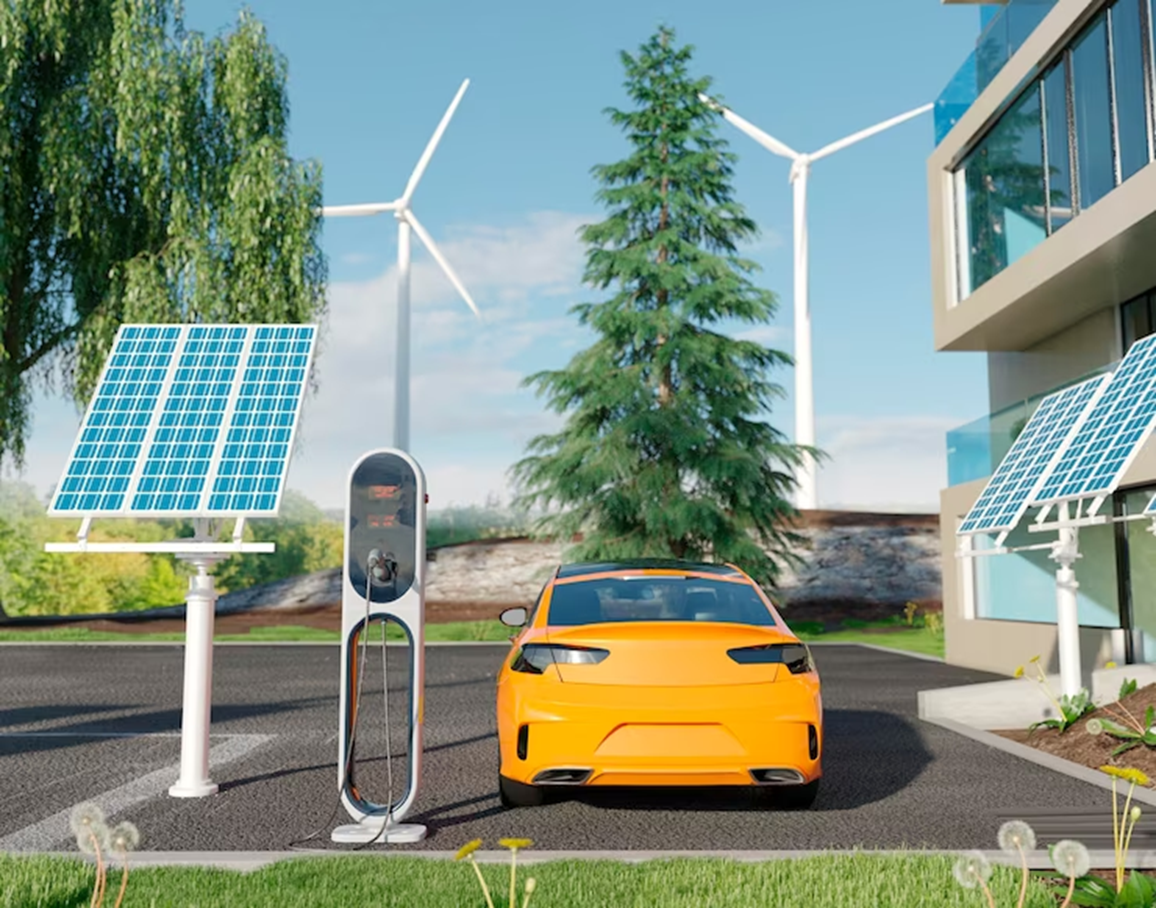
Image via Freepik
The trade-off for EV owners is the gift that keeps on giving. Wired’s Matt Simon notes that owners that contract with electricity suppliers to send some of their vehicles’ battery power to the grid during peak usage times can earn money.
Not only will the power supplier pay them, but they’ll also benefit by having a steady electricity supply for their own needs. Even better, a 2023 study shows that older EV batteries with 70%-80% remaining storage can have a second life after retirement as stationary DERs.
Aggregated into a network with other DERs, they could even serve as an alternate power source for home and business EV charging stations. The potential of DERs to transform the energy supply industry is great.
It’s time to take advantage of this tremendous potential for your business or non-profit organization. Learn more about DERs and all the latest EV charging industry developments at our upcoming EV Charging 101 Virtual Conference.
Don’t miss out. Reserve your place at the table today!

